Xiaomi’s Redmi Note 8 series is shaping up to be another one for the books, thanks to the company’s typical, but effective formula of packaging good specs and competitive pricing into one device. Today, we’re taking a look the more affordable contender in the series, the Redmi Note 8, and if it can deliver the same experience that its predecessor did, or even better.
| Redmi Note 8 | Redmi Note 8 Pro | |
| Display | 6.3″ FHD+ IPS | 6.53″ FHD+ IPS |
| Gorilla Glass 5 | Gorilla Glass 5 | |
| Processor | Snapdragon 665 | Helio G90T |
| RAM | 3GB/4GB | 6GB |
| Storage | 32GB/64GB/128GB | 64GB/128GB |
| Rear Camera | 48MP Main | 64MP Main (Samsung GW1) |
| 8MP Ultra-Wide Angle | 8MP Ultra-Wide Angle | |
| 2MP Macro | 2MP Macro | |
| 2MP Depth | 2MP Depth | |
| Front Camera | 13MP | 20MP |
| OS | Android 9 + MIUI 10 | Android 9 + MIUI 10 |
| Battery | 4,000mAh + 18W Fast Charging | 4,500mAh + 18W Fast Charging |
| Interface | USB-C | USB-C |
| Color | Neptune Blue | Forest Green |
| Moonlight White | Mineral Gray | |
| Space Black | Pearl White | |
| SRP | 3GB + 32GB (PhP7,990) | 6GB + 64GB (PhP11,490) |
| 4GB + 64GB (PhP8,990) | 6GB + 128GB (PhP12,990) | |
| 4GB + 128GB (PhP9,990) |
Design and Build Quality
 While primarily made of plastic, the Redmi Note 8 doesn’t feel like a flimsy phone at all. Its relatively compact footprint also means it’s easy to use with one hand, with the exception that it can get slippery at times.
While primarily made of plastic, the Redmi Note 8 doesn’t feel like a flimsy phone at all. Its relatively compact footprint also means it’s easy to use with one hand, with the exception that it can get slippery at times.
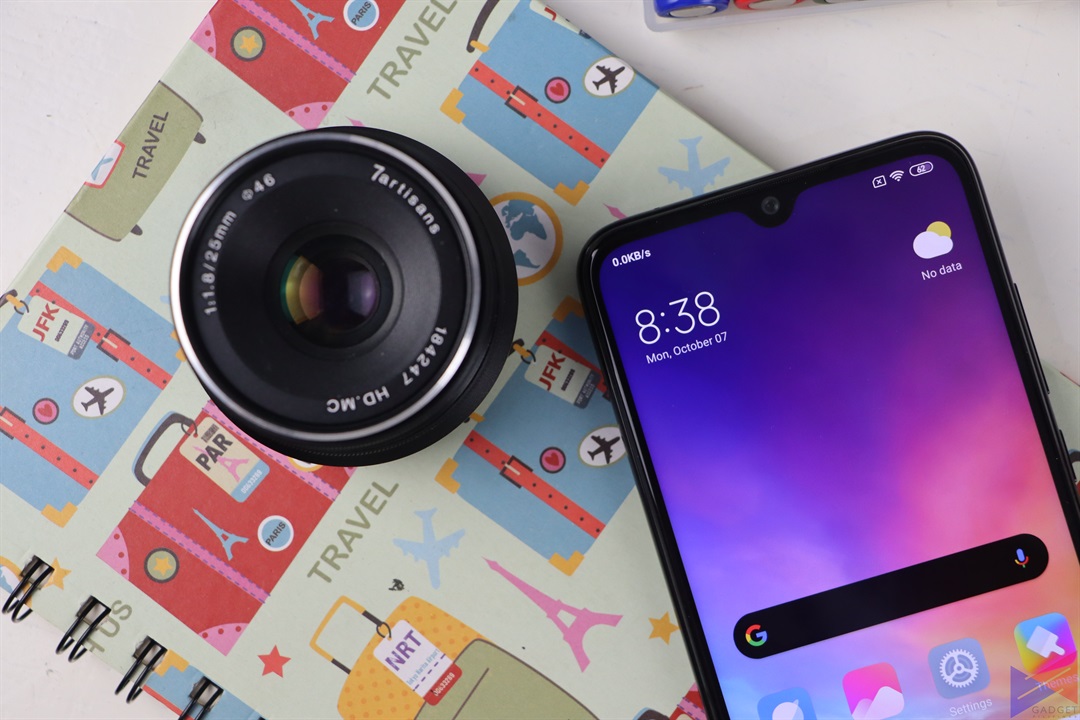 It packs a Full HD+ display that uses a notched design, which is kind of expected for its price. The notch itself isn’t invasive to the viewing experience, which is actually quite decent, thanks to the very lively vibe that the screen gives off, plus punchy colors.
It packs a Full HD+ display that uses a notched design, which is kind of expected for its price. The notch itself isn’t invasive to the viewing experience, which is actually quite decent, thanks to the very lively vibe that the screen gives off, plus punchy colors.
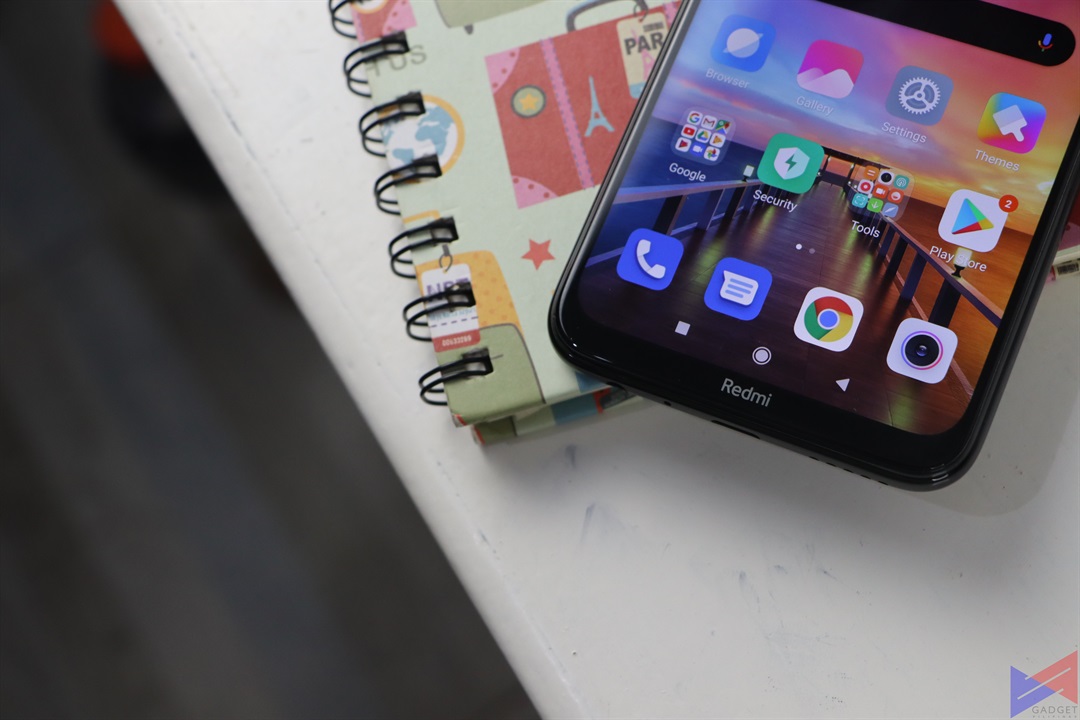 Button placement – Volume and Power on the right, and SIM tray on the left. You get a USB-Port, along with a headphone jack and speaker grille at the bottom.
Button placement – Volume and Power on the right, and SIM tray on the left. You get a USB-Port, along with a headphone jack and speaker grille at the bottom.
Performance
With a Snapdragon 665 and 4GB of RAM, we did expect the phone to handle typical day to day workload with ease, and for most of the time, it did. It’s not always smooth, as there were occasional stutters when navigating the UI, but it’s not deal-breaking.
Personally, 64GB of storage is more than enough for me, but for those who really do put a ton of stuff on their phone, there’s a 128GB option available, and that’ll only cost you PhP1,000 more.
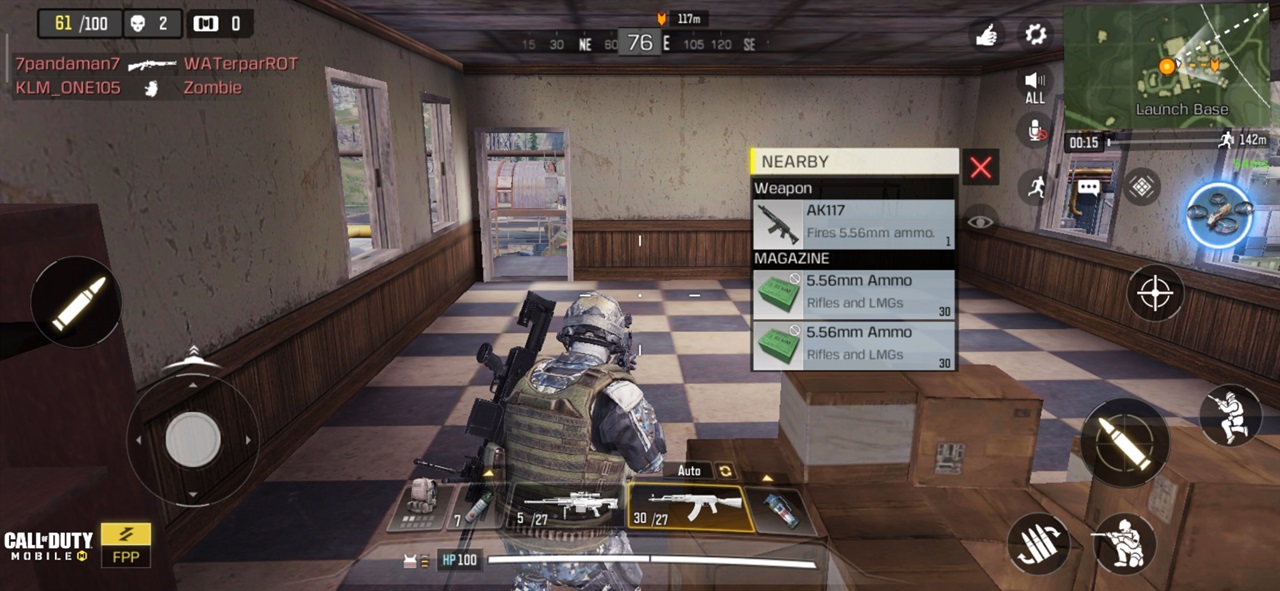 Gaming-wise, we tried playing Call of Duty Mobile on High + Max FPS setting, and the phone performed well. Again, it’s not as fluid as say, on the Nova 5T, but it’s still an enjoyable experience.
Gaming-wise, we tried playing Call of Duty Mobile on High + Max FPS setting, and the phone performed well. Again, it’s not as fluid as say, on the Nova 5T, but it’s still an enjoyable experience.
Camera
As for its optics, well, the Redmi Note 8 has some good and weak spots, of course. From our sample photos, it seems that this phone’s built to take really good close up shots assuming there’s ample lighting. Images came out crisp, and with a decent amount of detail. Colors are also punchy enough.

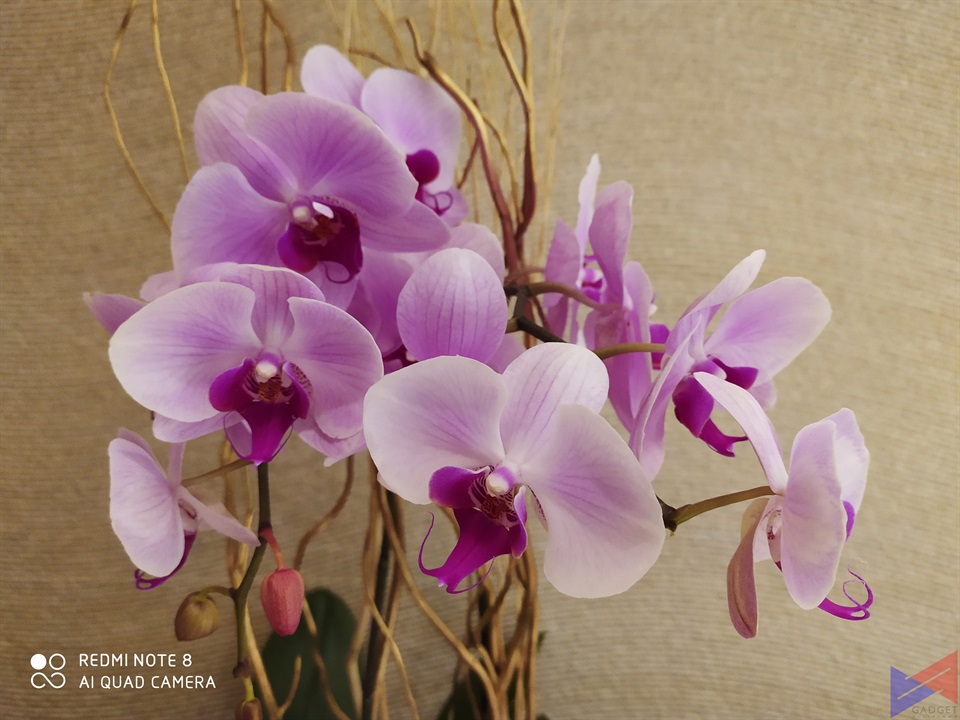
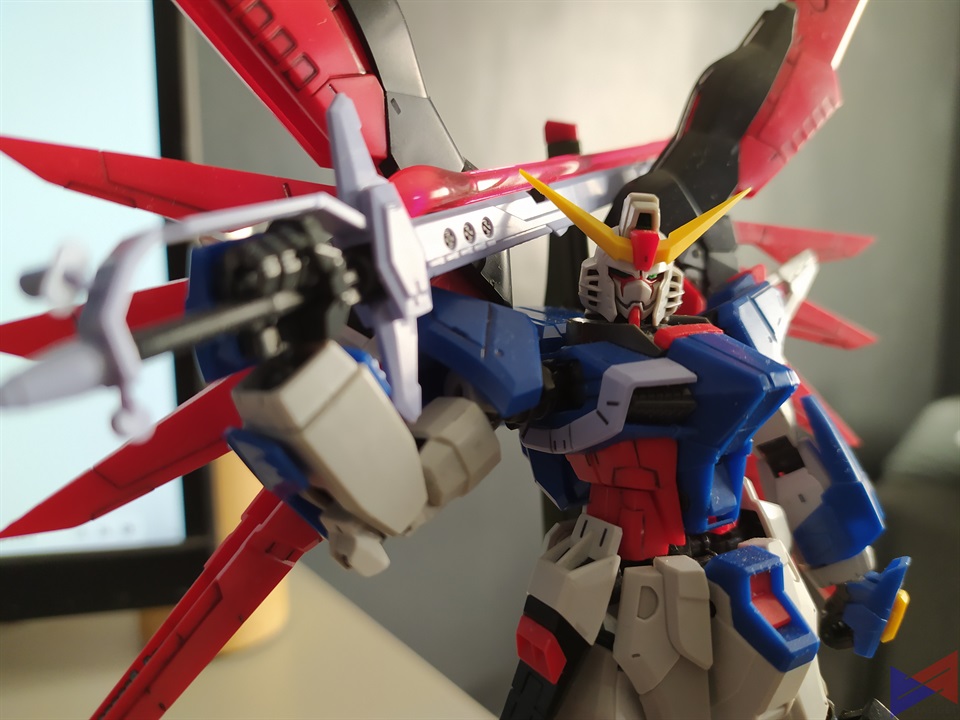
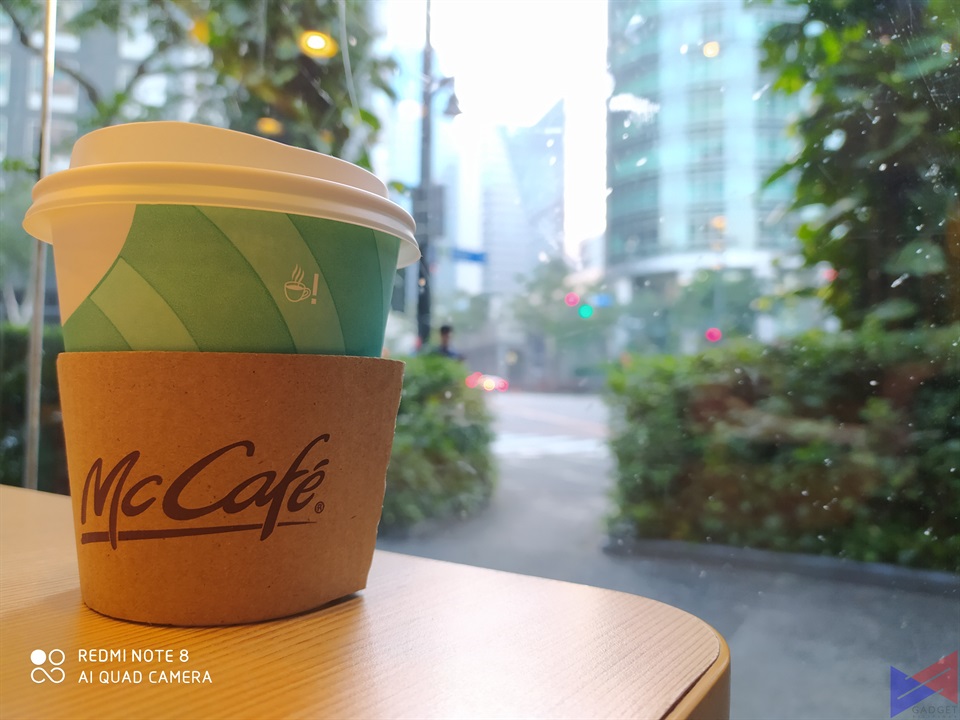

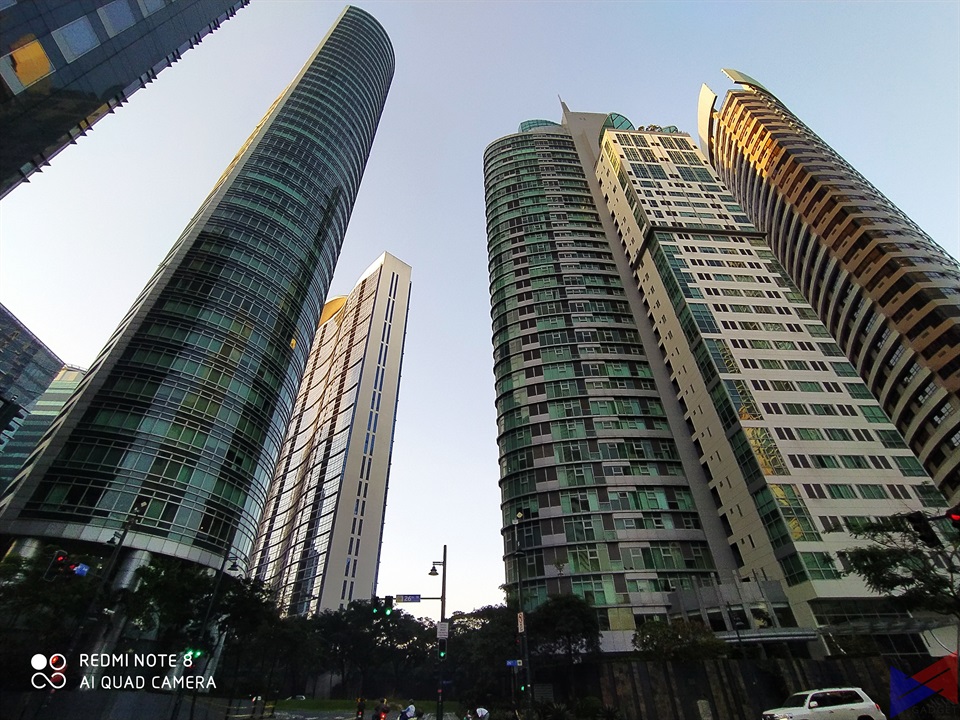 Where it struggles is when you’re taking shots of subjects with varying levels of brightness. The dynamic range simply just isn’t at par. Noise buildup is also noticeable in the darker areas.
Where it struggles is when you’re taking shots of subjects with varying levels of brightness. The dynamic range simply just isn’t at par. Noise buildup is also noticeable in the darker areas.
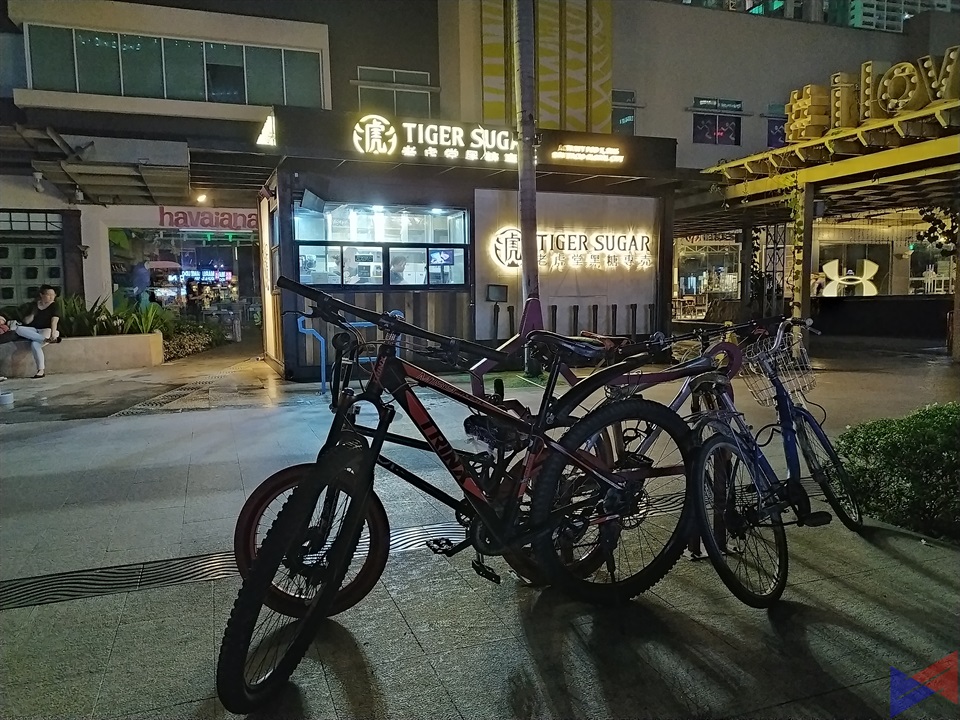
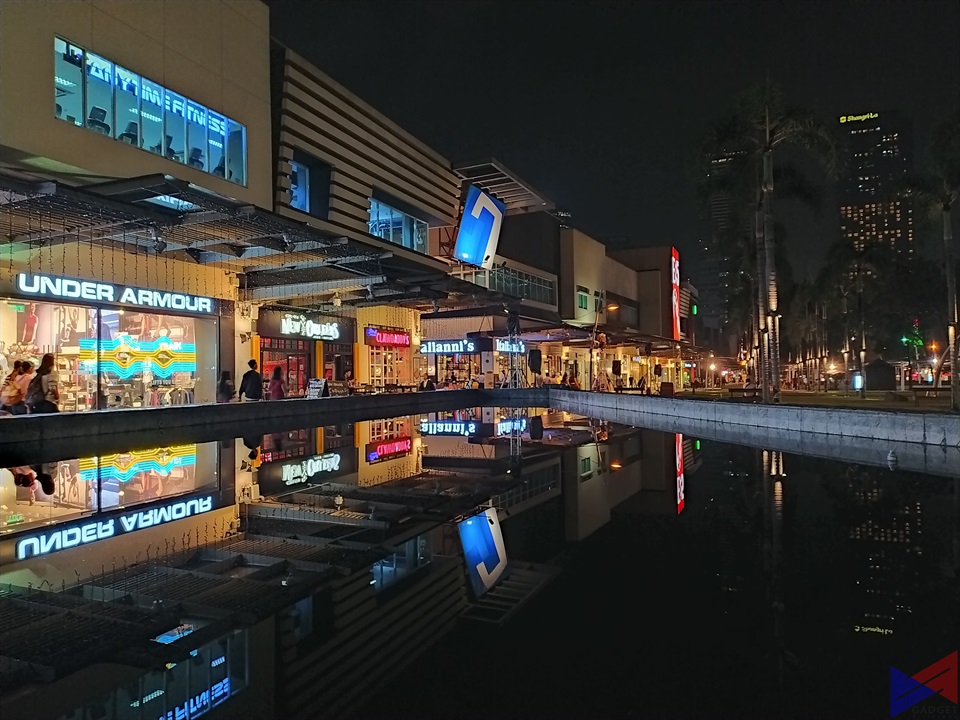
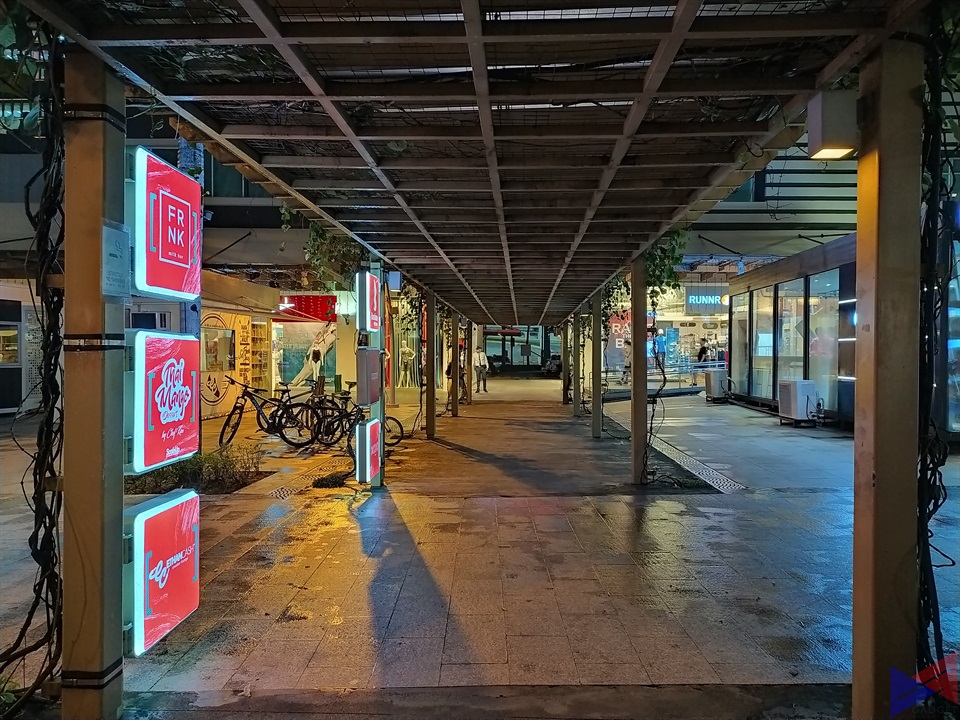 It’s also quite a decent shooter at night, as photos came out with good detail and exposure. There’s a bit of noise here and there, but the overall quality is still more than acceptable.
It’s also quite a decent shooter at night, as photos came out with good detail and exposure. There’s a bit of noise here and there, but the overall quality is still more than acceptable.
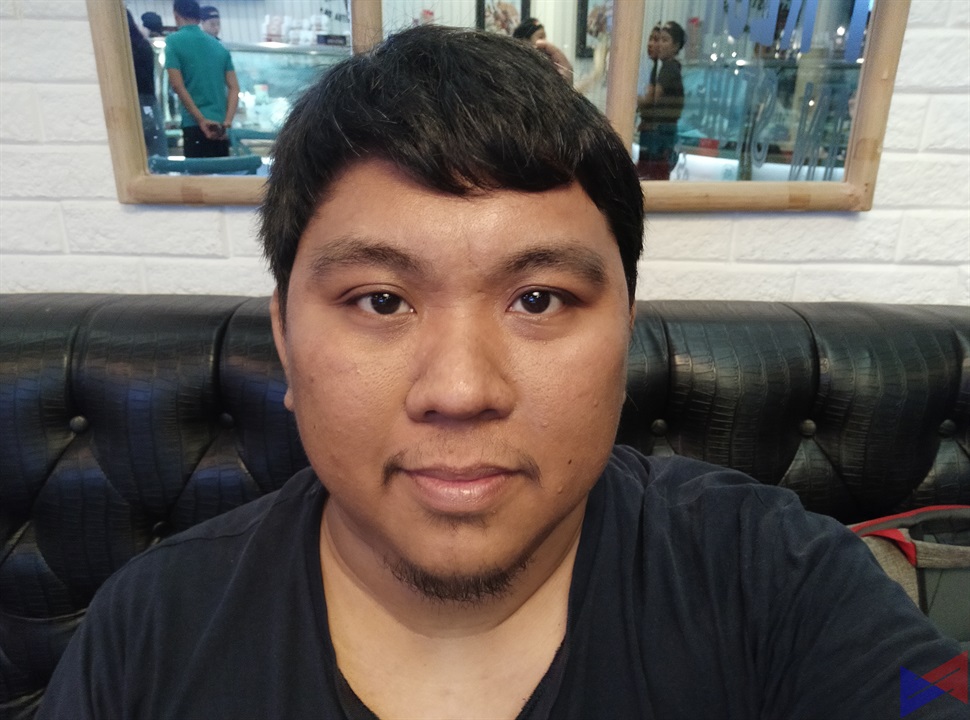
 The front camera does a good job of capturing details of your face plus decent separation between subject and background, and edge-detection.
The front camera does a good job of capturing details of your face plus decent separation between subject and background, and edge-detection.
Software
The device has recently received an updated to MIUI 11, which bring a more minimalist feel. Despite touting better UI performance, there are still occasional stutters here and there, but again, not deal-breaking.
- RN8 System 1
- RN8 System 1
- RN8 System 2
- RN8 System 2
- RN8 System 3
- RN8 System 3
- RN8 System 4
- RN8 System 4
There are a few notable features that are worth a look, such as the very in-demand, Dark Mode, which saves you battery while offering a fresh new feel to the interface.
- RN8 System 5
- RN8 System 5
- RN8 System 9
- RN8 System 9
- RN8 System 7
- RN8 System 7
- RN8 System 8
- RN8 System 8
There’s also an option to not only hide the notch, but also move the contents of status bar downwards, which is a nice touch.
Lastly, there’s Game Turbo, which enhances gaming performance by prioritizing resources, while also stopping notifications or calls from getting in your way while playing.
Battery
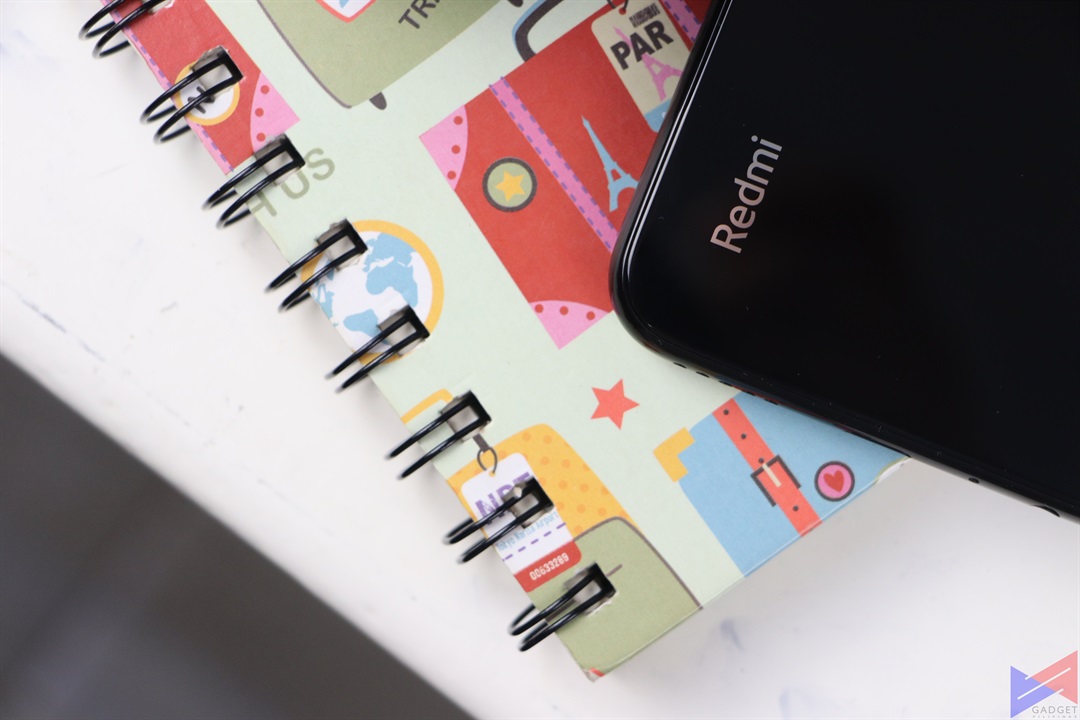 Using a more traditional video-on-loop test at 50% brightness and around 80% volume, the Redmi Note 8 was able to churn out around 14 hours of uptime from full to empty. Charging the device using a QuickCharge 3.0 wall charger took around 2 hours.
Using a more traditional video-on-loop test at 50% brightness and around 80% volume, the Redmi Note 8 was able to churn out around 14 hours of uptime from full to empty. Charging the device using a QuickCharge 3.0 wall charger took around 2 hours.
Emman has been writing technical and feature articles since 2010. Prior to this, he became one of the instructors at Asia Pacific College in 2008, and eventually landed a job as Business Analyst and Technical Writer at Integrated Open Source Solutions for almost 3 years.






